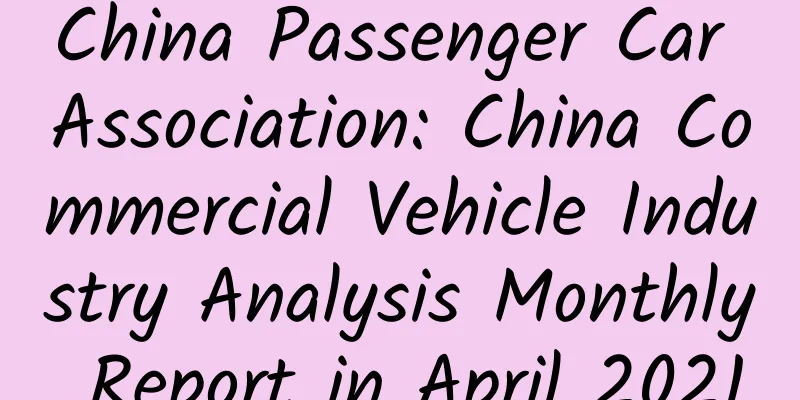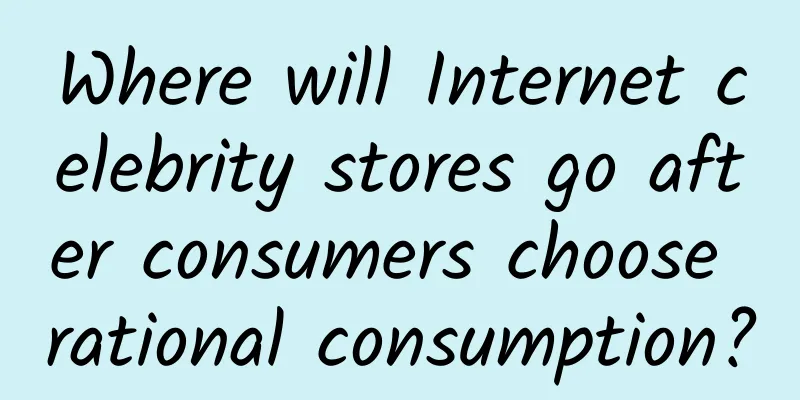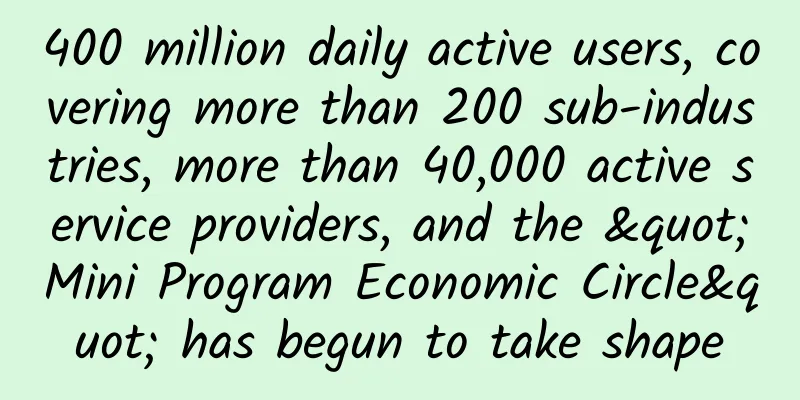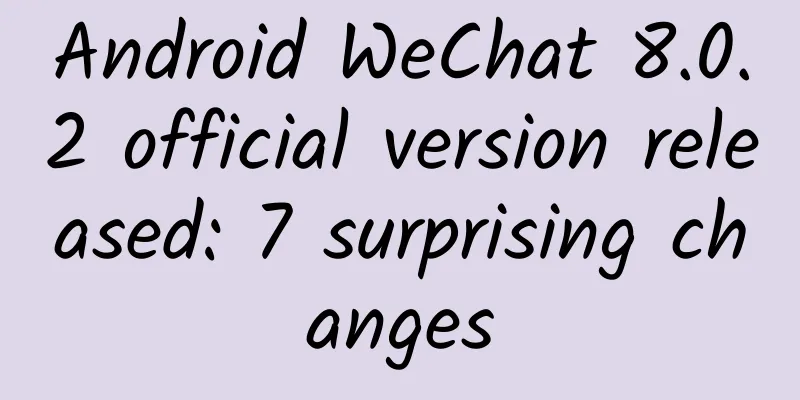Hyundai's next-generation fuel cell SUV combines the advantages of range and style
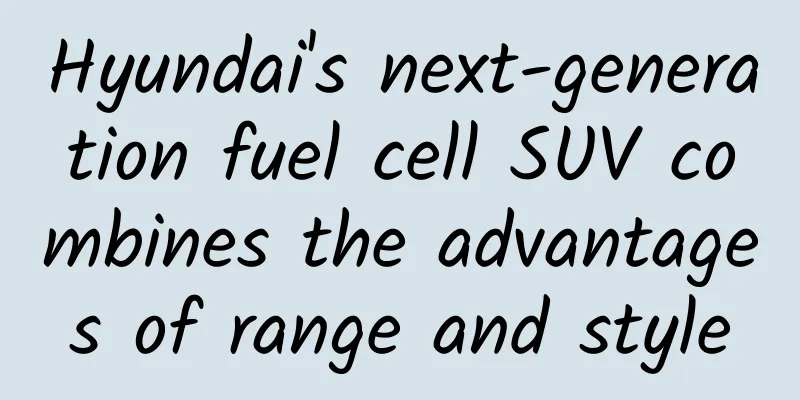
|
Hyundai Motor has unveiled its next-generation fuel cell vehicle ahead of its official launch early next year. At a special preview event in Seoul, the near-production hydrogen-powered SUV previewed its promising technical specifications and showcased its futuristic design. The yet-to-be-named new model embodies Hyundai's commitment to developing advanced, eco-friendly vehicles for the new era. Fourth generation fuel cell system The new SUV, shown at the special preview event, will be Hyundai's second commercially produced hydrogen fuel cell model, using the company's fourth-generation hydrogen fuel cell technology, which is the result of Hyundai's global research and development and real-world evaluation planning. In 2013, Hyundai was the first in the world to mass-produce hydrogen fuel cell vehicles, which made Hyundai Motor's expertise in this field, and the new fuel cell model further consolidates its leadership in the field of fuel cell powertrain components. The new fuel cell vehicle model was developed around four core aspects: fuel cell system efficiency, performance (maximum output power), durability and fuel tank storage density. Fuel cell system efficiency: By improving fuel cell performance, reducing hydrogen consumption and optimizing key components, the new model has significantly improved energy efficiency by 60% compared to the previous ix35 Fuel Cell Vehicle (called Tucson Fuel Cell Vehicle in some regions). Due to the significant improvement in system efficiency, the new model is expected to achieve a single-charge range of 580 kilometers (based on Korean test standards). Performance (maximum output power): Compared with the previous generation model, the maximum output power of the new model has increased by 20% to 163PS. In addition, the structure of the new car has been optimized, and Hyundai's unique technologies such as MEA (Membrane Electrode Assembly) and bipolar plates have been integrated into the fuel stack to ensure that the car can start smoothly at minus 30 degrees Celsius (or 22 degrees Fahrenheit) and reduce costs. Based on this, the cold start capability of the new model has been greatly improved, overcoming the difficulty of starting the car at temperatures below freezing. Durability: Thanks to the use of high-durability catalyst technology, the service life of the new hydrogen fuel SUV has been greatly improved compared to the previous generation. Hydrogen tank storage density: The new fuel cell vehicle has also significantly improved the fuel tank storage density. Compared with the previous two tanks of different sizes, the new model's tank assembly consists of three tanks of the same size. Through the innovative design of the plastic liner structure and the efficient layering pattern with reduced thickness, the world's highest hydrogen storage density (hydrogen storage mass per tank) is achieved. The production version of the new model also features advanced driver assistance technology and an extended hydrogen-powered driving range. Details of the new advanced driver assistance system (ADAS) will be announced along with the model’s official name at the 2018 Consumer Electronics Show (CES) early next year. “Our next-generation fuel cell SUV is the epitome of the eco-friendly car of the future, with its remarkable efficiency, performance and style,” said Lee Ki-sang, senior vice president of Hyundai Motor’s Eco Technology Center. “Hyundai will lead the development and production of green energy vehicles to ultimately achieve a near-zero-emission society.” Futuristic design inspired by nature The new FCEV model follows the striking design of the FE concept car introduced at the Geneva Motor Show in 2017. Building on the design of the previous concept car, the new model draws inspiration from nature (i.e. the car’s only emission, water) with a systematically designed flowing shape and a clean design concept that highlights its non-polluting nature. The new model embodies a pure and serene design concept, demonstrating its poise on the road. With a confident and attractive SUV stance, the new model demonstrates its ability to travel long distances and explore remote corners while being in harmony with nature. Numerous minimalist design elements highlight the mature craftsmanship and cutting-edge technology of the new model. The simple "full-width" clearance lights create a futuristic effect, reintegrating the car with nature and reflecting each other at the edge of the horizon. The low-drag elements that highlight the clean, simple, quiet and calm design concept make the car's appearance more high-tech. The door handles are flush with the body line, while the air curtain and air duct are integrated into the D-pillar to maximize the vehicle's aerodynamic efficiency. Thanks to the professional two-piece structure, the SUV's wheel design can maintain its charm while optimizing its low airflow resistance. The clean, minimalist interior layout intuitively integrates high-tech elements, avoiding clutter while highlighting the tranquility of the interior space. The widened instrument panel and raised console enhance the SUV's unique "high-up" driving experience, and incorporate ergonomically designed intuitive controls and AV displays. The interior design is consistent with the exterior design, inspired by nature, with soft and calm colors, while not losing the bold colors in the details. The restrained color tone helps to create an ultra-modern atmosphere, supplemented by industry-leading environmentally certified biomaterials, allowing technology and art to blend perfectly. As the finishing touch of the seat design, the unique mix of non-woven fabric and lambskin creates a futuristic appearance. New Eco-car Development Blueprint The new models will be the first to lead Hyundai's accelerated low-emission vehicle development program, which is in line with Hyundai Motor Group's new goal: Hyundai Motor and Kia Motors will launch a total of 31 environmentally friendly models in the global market by 2020. The new development roadmap also represents a major step forward for Hyundai Motor and its affiliated companies towards the ultimate goal of creating a clean environment with environmentally friendly vehicles. Hyundai Motor plans to take a multi-pronged approach to its eco-friendly car program. To cater to the diverse lifestyles of its customers, the company is committed to creating a future vehicle lineup with a variety of powertrain options, including electric, hybrid and fuel cell. In order to meet the growing global demand for fuel-efficient and environmentally friendly vehicles, the blueprint sets strategic goals for Hyundai Motor to lead the global market in the popularization of hybrid vehicles and expand the SUV and large car lineup. As part of the plan, Hyundai Motor will also develop 4WD and FR (Front Engine Rear Wheel Drive) models based on its unique hybrid (TMED) system developed in 2011. Hyundai Motor will continue to enhance its leadership in the electric vehicle market with its existing IONIQ model, and the company will also build a product lineup ranging from small EVs to large and luxury Genesis brand models. Hyundai Motor's electric vehicle development will be implemented in multiple stages: An EV version of the Kona compact SUV will be launched in the first half of 2018, with a range of 390 kilometers Genesis EV to be launched in 2021 After 2021, a long-range EV model will be launched with a range of 500 kilometers In addition, Hyundai will develop its first dedicated architecture for pure electric vehicles, allowing the company to produce multiple models with longer range. Hyundai Motor will also strengthen its global leadership in hydrogen fuel cell technology, increasing R&D investment to improve FCEV performance and durability, while making the technology more compact and economical for use in smaller cars. As part of these efforts, Hyundai Motor will also launch a new hydrogen-powered bus in the fourth quarter of this year. A hydrogen society that benefits everyone Hyundai Motor will also participate in the Hydrogen House project led by the Seoul Metropolitan Government to display a prototype of a new fuel cell vehicle from today to November 17, with the goal of creating a zero-emission fuel cell vehicle and a hydrogen society. Through these initiatives, Hyundai Motor will demonstrate how a hydrogen society can be realized in the near future. As the world's first automaker to launch a mass production line of hydrogen fuel cell vehicles, Hyundai Motor has been supplying fuel cell vehicles since 2013 and currently sells them in 18 countries around the world. The company began researching fuel cell technology as early as 1998 and developed its first fuel cell vehicle based on the Santa Fe SUV developed in cooperation with CaFCP (California Fuel Cell Consortium). After years of development and production, Hyundai Motor has proven that fuel cell vehicles are just as safe and durable as internal combustion engine vehicles. Hyundai Motor will release the new hydrogen-powered SUV first in South Korea early next year, followed by North America and Europe. The company is also considering promoting the new fuel cell vehicle in markets with high growth potential for eco-friendly cars, such as China. As a winner of Toutiao's Qingyun Plan and Baijiahao's Bai+ Plan, the 2019 Baidu Digital Author of the Year, the Baijiahao's Most Popular Author in the Technology Field, the 2019 Sogou Technology and Culture Author, and the 2021 Baijiahao Quarterly Influential Creator, he has won many awards, including the 2013 Sohu Best Industry Media Person, the 2015 China New Media Entrepreneurship Competition Beijing Third Place, the 2015 Guangmang Experience Award, the 2015 China New Media Entrepreneurship Competition Finals Third Place, and the 2018 Baidu Dynamic Annual Powerful Celebrity. |
Recommend
Finally back! Didi Hitch will start trial operation in 7 cities from November 20
Recently, Didi officially announced that Didi Hit...
Re-understanding the R8 compiler from an online question
background In the past period of time, JD Android...
The deepest well in the world is 12,262 meters deep.
On Russia's Kola Peninsula, in the wilderness...
From an i-person to an e-person, see Oppenheimer's legendary life
In the film "Oppenheimer", Oppenheimer,...
Xiaomi 4 VS iPhone 5s: The ultimate showdown: details determine the winner
Xiaomi Mi 4 is finally released. It uses Qualcomm...
What would happen if you used the Star Wars sword to transform?
Have you seen the lightsaber transformation video...
If you want to promote Tik Tok with zero basic knowledge, you must read these 8 points!
The editor’s TikTok has exploded! My Douyin accou...
Weakness and self-destruction: Why didn't Microsoft release a new Surface Pro?
Recently, Microsoft, which has attracted much att...
Psyduck is not a duck!
Recently, KFC and Pokémon jointly launched a seri...
Nature News: How to break the lies of big models?
The World Health Organization's (WHO) artific...
An article to help you understand Baidu search promotion creativity
What is creativity? Bidding advertising creativit...
Why is he called the “chief designer” of China’s aerospace industry?
Ren Xinmin, one of the important pioneers of Chin...
Convenience stores are not a panacea for community O2O
Once upon a time, I was superstitious about conve...
Does the record of a total solar eclipse 1,500 years ago contain the shocking secret of the Earth's rotation?
Ancient eclipse records reveal changes in Earth&#...
Brand promotion methodology | 99% of brands don’t know how to explain their selling points
In the e-commerce industry, everyone knows that s...
